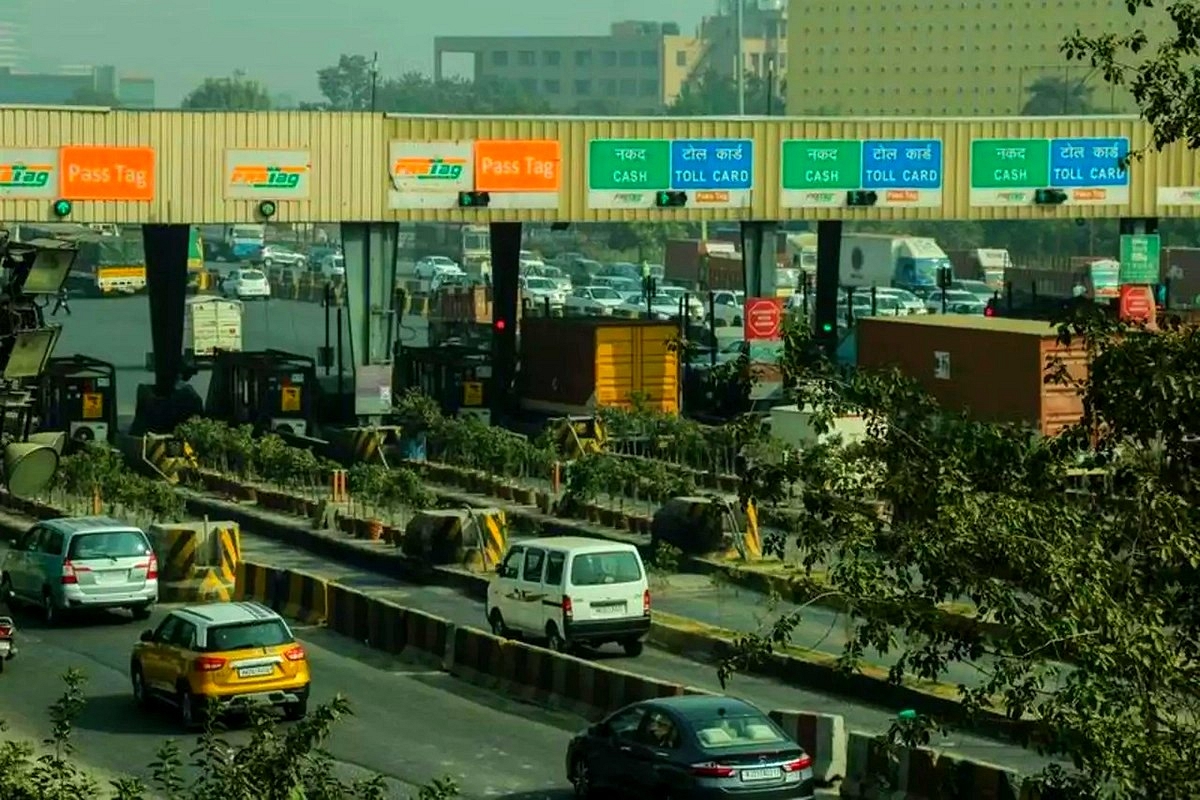Infrastructure
Farewell To Toll Booths: India To Introduce Satellite-Based Toll Collection System Soon

A toll collection booth. (Representative image)
Union Minister Nitin Gadkari has announced that old system of toll collection across India is going to end soon.
Government is introducing a satellite-based system aimed at slashing travel times and boosting efficiency.
Under this new system, toll charges will be determined by the distance travelled on highways, with funds automatically deducted from users' bank accounts.
The system is undergoing a trial phase on selected highway stretches before its nationwide deployment. The primary objective of this innovative system is to alleviate congestion at toll booths by entirely phasing out physical toll booths nationwide in the future.
Gadkari highlighted the potential for significant time and cost savings with this innovative approach. He noted that journeys like the Mumbai to Pune route, which previously took nine hours, can now be completed in just two hours, thanks to improved infrastructure and streamlined toll collection processes, reports Economic Times.
While some vehicle users appreciate the notion of toll collection based on the exact distance travelled, others have expressed privacy concerns, as the system tracks the precise location of vehicles.
Presently, the FASTag system facilitates toll payments electronically, drastically reducing waiting times at toll plazas. The implementation of FASTag has slashed average wait times from 714 seconds to just 47 seconds, marking a significant improvement in travel efficiency on national highways.
Additionally, there is an exploration of an alternative approach by NHAI, involving automatic number plate recognition cameras for tracking vehicle entry and exit, eliminating the need for GPS devices and allowing toll collection on the go.
Support Swarajya's 50 Ground Reports Project & Sponsor A Story
Every general election Swarajya does a 50 ground reports project.
Aimed only at serious readers and those who appreciate the nuances of political undercurrents, the project provides a sense of India's electoral landscape. As you know, these reports are produced after considerable investment of travel, time and effort on the ground.
This time too we've kicked off the project in style and have covered over 30 constituencies already. If you're someone who appreciates such work and have enjoyed our coverage please consider sponsoring a ground report for just Rs 2999 to Rs 19,999 - it goes a long way in helping us produce more quality reportage.
You can also back this project by becoming a subscriber for as little as Rs 999 - so do click on this links and choose a plan that suits you and back us.
Click below to contribute.
Latest